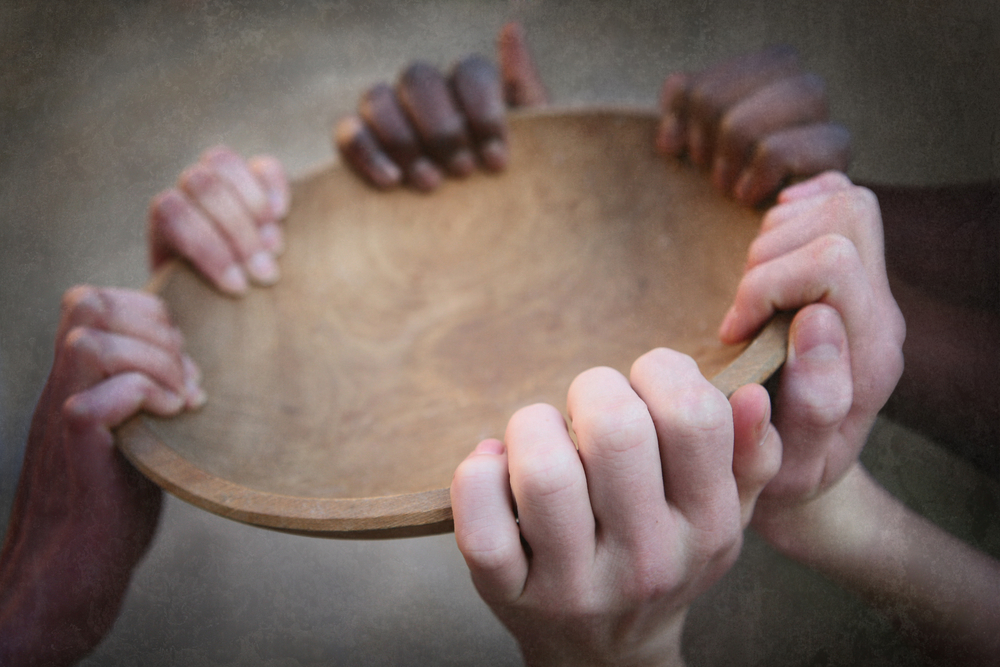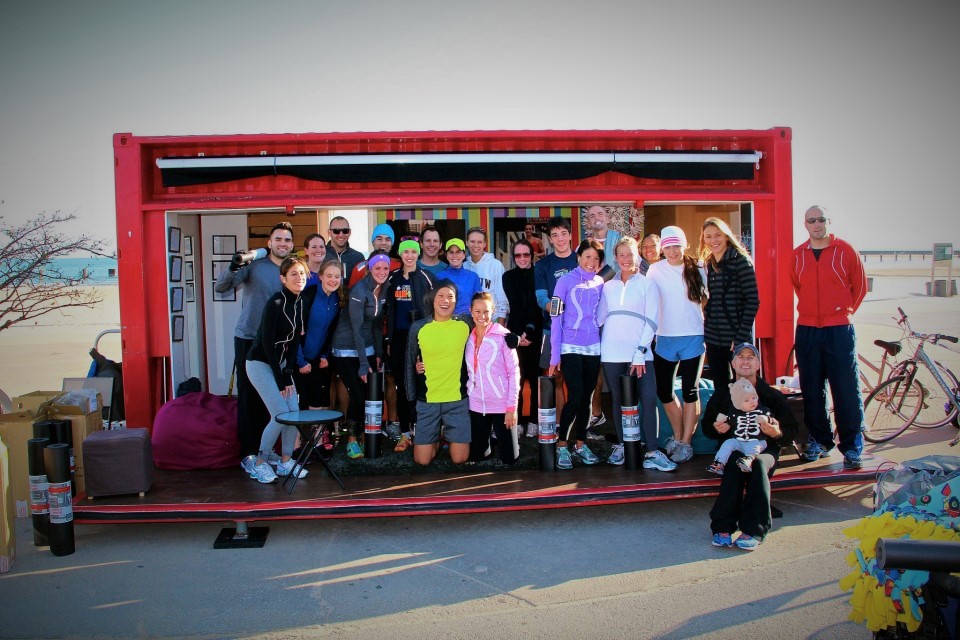
At first glance the title, “Social Justice, India, and Fried Chicken” would seem a jumble of words spit out of a random name generator. Social Justice: a concept exhaustively discussed in political discourse and lauded in many religions that advocate equality. India: a former British colony in South-East Asia whose economy and tech industry are rapidly expanding. Fried Chicken: a dish often associated with the American South, waffles and iconic fast food companies. At first glance, they have nothing to do with each other at all, but first glances are often deceiving.
Social justice illuminates the link between India and the American South as they both suffer from numerous social problems resulting in extreme poverty. Poverty is a problem both in the American South and in India but the dimensions of the problem are quite different. Many eminent academics, dating as far back as Adam Smith’s On the Wealth of Nations, have proposed various reasons why certain areas of the world are poor and others are rich. Jared Diamond, the author of Guns Germs and Steel, argues that climate and geography matter most as these two factors influence everything else in that biome. Others have proposed that sudden shocks such as natural disasters, epidemic diseases, and wars as well as the ability of the region to rebound from such catastrophes have furthered the separation of the wealthy from the the poor. For example, the boll weevil moving from Mexico to the American South after the Civil War played a role in causing the dethroning of “King Cotton” that coupled with resistance towards a shift to industry led to the subsequent impoverishment of the region. The African Americans in the region, most of whom were sharecroppers, were hit hardest by this problem and many ended up with so much debt that they could never get out of it. This in turn reduced consumption and thus reduced production and employment.
A more contemporary idea that has persisted since the 1880s is that the poor are poor because they choose to be poor. This theory rejects the idea that poverty is an inevitable byproduct of industrialization and that it can be mitigated through government or private actions. Rather, since poverty is a choice, there is seen to be no reason to help the poor as help would only exacerbate vices such as drinking, prostitution and gambling. This idea roots itself in racism as well as classism, such as when many conservatives blamed welfare for creating “welfare queens.” Conservatives define this callus slur as unmarried women of color living off of welfare to support their families, a slur used to justify welfare cuts and institutional poverty.
Many religions assert that poverty is a problem, not a choice, that can be addressed and mitigated through actions. This theory argues that it is human responsibility to help those in need. Yet if this is so, why do more people not act? In order to answer this question, it is necessary to see how food fits in to the picture.
So how is fried chicken connected to all of this? First and foremost, it represents how and why poverty is not addressed. One of the most common, yet often neglected, ways to acquire knowledge about another place is through their food. For example, beef and pork are rarely featured in many regions of India that have high Hindu and Muslim populations. By looking at meat consumption in India, one could understand the religious demographics of various regions of the country. Yet more than a few people still continue to assume that India is only a Hindu country despite the fact that there are Muslims, Jains, Zorastrians, Christians and other religions within its borders.
I would like to close with the words of a great French gastronome. Jean Brillat-Savarin once said “tell me what you eat and I will tell you what you are.” Food is not just fuel for the body, it is a way to understand the trials, tribulations, and traditions of cultures that are not our own. This creates an ever growing series of exposures to groups of people that one may have been ignorant of before, leading one out of the darkness and into the light.







